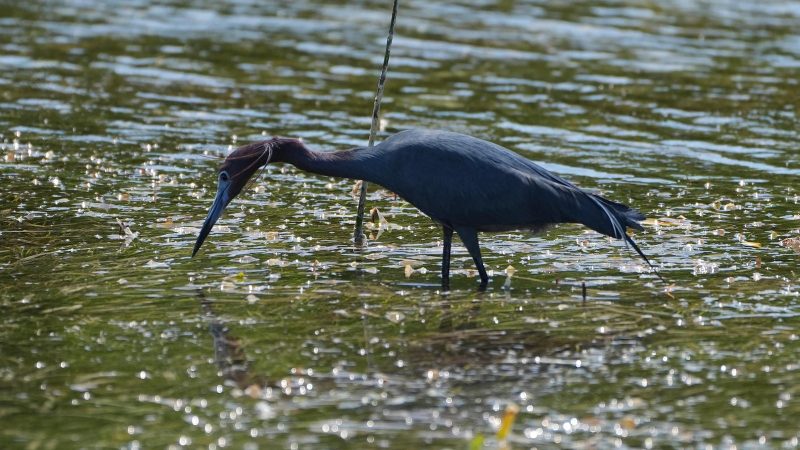
The Everglades is far more than just swamps, alligators, and airboat rides; it’s a vital ecosystem impacting the entire state of Florida, particularly the delicate Florida Bay and the Florida Keys. Restoration efforts are not just about preserving a picturesque landscape, but about safeguarding a complex web of life and ensuring the economic health of the region.
Florida Bay, a critical part of Everglades National Park, is highly susceptible to salinity changes. During dry periods, high salt levels can devastate the bay’s seagrass, impacting the entire ecosystem. Experts like Steve Davis, chief science officer with The Everglades Foundation, explain that the Everglades acts as a giant, slow-moving river, feeding freshwater into the bay. In dry years, this crucial freshwater inflow is reduced, allowing salinity to rise to dangerous levels.
The devastating 2015 seagrass die-off, affecting 40,000 acres, serves as a stark reminder of this vulnerability. Xavier Figueredo, a local boat captain, witnessed firsthand the catastrophic effects, describing the scene as a vast expanse of dead grass, emitting a foul sulfurous odor, and severely impacting fish populations.
However, there’s reason for cautious optimism this year. Current salt levels are significantly lower than in 2015, thanks in part to the completion of a massive project to elevate the Tamiami Trail. This roadway, built in 1928, had acted as a dam, blocking the flow of water south. The replacement with bridges, completed in 2013 and 2019, has significantly improved water flow.
Furthermore, the forecast for an early wet season offers additional hope. While over 40% of Florida is currently experiencing drought conditions, the combined effects of improved water flow and an anticipated early rainy season are mitigating the risk of another major seagrass die-off.
But the improvements are not solely reliant on improved water flow. The Everglades Agricultural Area Reservoir, a $3.9 billion project, is poised to revolutionize freshwater flow restoration. This reservoir will store and clean polluted water from Lake Okeechobee before its release into the southern Everglades, reducing pollution to both the Everglades and the coasts. Davis calls it a ‘game changer’.
The economic benefits of Everglades restoration are substantial. Paul Hindsley, the Everglades Foundation’s chief economist, highlights that every dollar invested in restoration yields $4 in economic benefits. These benefits extend beyond tourism, encompassing improved water supply, reduced risks from drought and flooding, and significant cost savings on flood insurance. The region’s mangroves and reefs also play a crucial role in mitigating storm surge impacts.
In conclusion, the Everglades restoration project is not just an environmental endeavor, but a crucial investment in the future of Florida’s ecological and economic well-being. The ongoing efforts are a testament to the interconnectedness of Florida’s ecosystems and the vital role of proactive conservation in protecting this precious natural resource.










